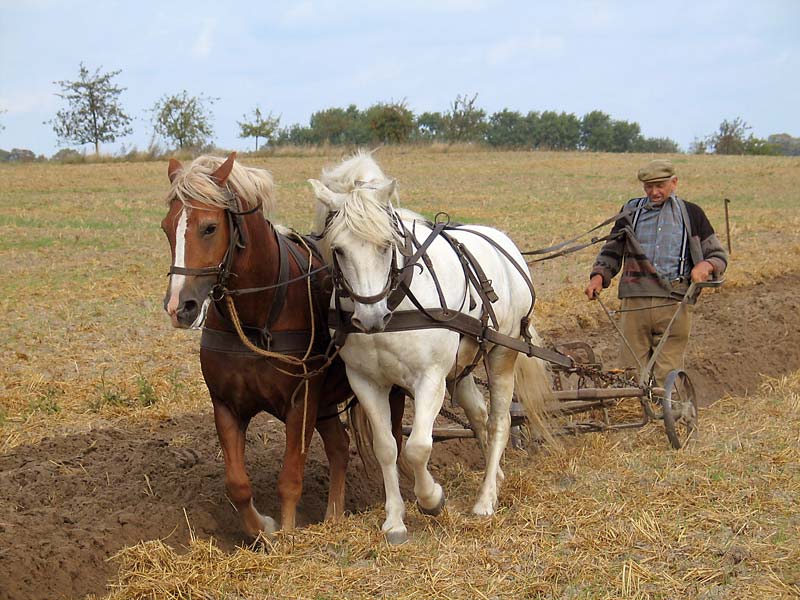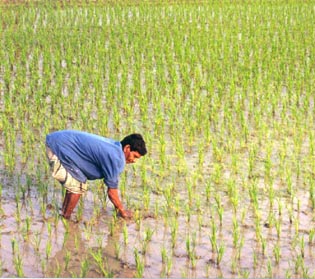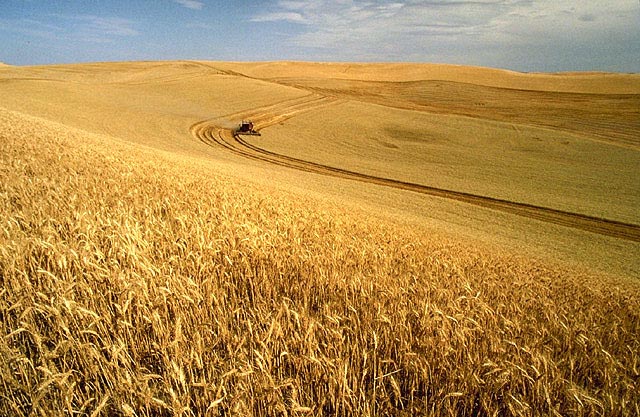We the People of the County of El Dorado, California, have the right to produce, process, sell, purchase and consume local foods, thus promoting self-reliance, the preservation of family farms and local food traditions.
Indeed, "freedom v. oppression" was a theme among the 20 or so pro-ordinance speakers at the meeting. According to the Bee, another hundred or so supporters overflowed from the meeting room.
While El Dorado County Supervisors did not adopt that ordinance at their January meeting, they did appoint two members to draft a resolution in support of local food governance. This watered-down action came in spite of highly supportive comments one supervisor made about local agriculture and his own family's involvement in it. Supervisor Ray Nutting is quoted:
I am personally appalled that they will come onto my ranch and tell me I can't share my cow or I can't share my chickens.
After some references to his own "homesteading, cow-milking ... and chicken-decapitating grandmother," Nutting concluded: "Whatever we need to do, I'm in full support." El Dorado County Sheriff John D'Agostini commented that his office is "not going to be the milk police" and voiced support for the ordinance.
Despite widespread sentiment in favor of small farmers and direct sales, the Board of Supervisors was surely influenced to take only tepid action by the county's lawyer, who advised that Chelseth's proposed ordinance runs afoul of the California Constitution, which reserves for the state the prerogative to regulate food for public safety.
Indeed, state regulators say they "won't kowtow to the movement when it comes to changing policy." A California Dept. of Agriculture spokesperson said the Department would be guided by the state legislature. He added that the only proposed changes in the pipeline are aimed at achieving greater clarity regarding the regulation of very small dairy herds. The spokesperson did not indicate whether such changes would affect producers like Chelseth, who seek to sell raw mailk directly to consumers.
Lest this state-local power struggle appear to be an isolated event, I note that both Bee stories indicate that similar tensions are playing out elsewhere, both within California and across the nation. An official from the Sonoma Valley (California) Grange who attended the El Dorado County meeting commented that the California State Grange supports such ordinances and is "searching for an alpha dog to lead the way, and we're encouraging your county to be the leader."
The earlier Bee story compares what is happening in El Dorado County to a similar movement in Maine. There, the state agriculture agency has told municipalities that their food-related ordinances do not supplant state laws.
Shermain Hardesty of the UC Davis Small Farms program thinks some middle ground may be possible. She is researching different standards that would ensure the safety of food that is not widely distributed and sees small meat-processing plants as one solution. But even Hardesty says "raw milk is a different question," presumably because of serious concerns about its safety. Get more information
here, from Real Raw Milk Facts.
El Dorado County lies due east of Sacramento County, and it stretches many miles from exurban El Dorado Hills, a posh planned community abutting Sacramento County, though the Mother Lode and historic gold rush towns and thousands of acres of El Dorado National Forest, to Lake Tahoe. It is part of the Sacramento-Roseville Metropolitan Area, but it is relatively sparsely populated as metro counties go, at just 106 persons per square mile.

I travel to El Dorado County frequently, in part because I particularly enjoy its viticultural offerings. More on that, perhaps, in another post. Photos are of some farm scenes in El Dorado County, including my favorite farm stand, run by a Hmong family, on Pleasant Valley Road. Of course, regulations around selling vegetables are far less strict than those regarding meat and milk products. The sign proclaiming availability of eggs was taken yesterday, also on Pleasant Valley Road, which is south of
Placerville (a/k/a Hangtown), the county seat. The top photo, from a farm on Bucks Bar Road, illustrates a work-around for selling directly to the consumer--selling the entire live cow! (This practice, too, may run afoul of the law, as
Bee journalist Carlos Alcala reported
here). El Dorado County Farm Trails signs are numerous, with many of them designating the county's
dozens of wineries and hundreds (maybe thousands?) of acres of wine grapes. Read more
here.




 of Supervisors voted to support "the grass-roots (and grass-fed) agriculture revolution," and--in particular--local farmers who are bucking state regulations by selling directly to consumers. At their January 24, 2012, meeting, the Board of Supervisors lent verbal support to a "Local Food and Community Self-Governance" ordinance.
of Supervisors voted to support "the grass-roots (and grass-fed) agriculture revolution," and--in particular--local farmers who are bucking state regulations by selling directly to consumers. At their January 24, 2012, meeting, the Board of Supervisors lent verbal support to a "Local Food and Community Self-Governance" ordinance.











